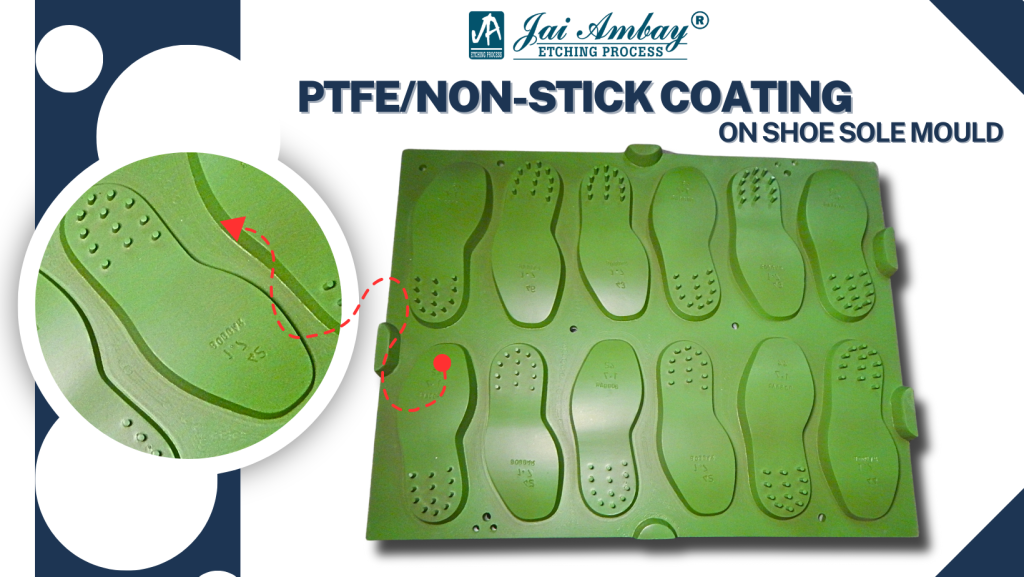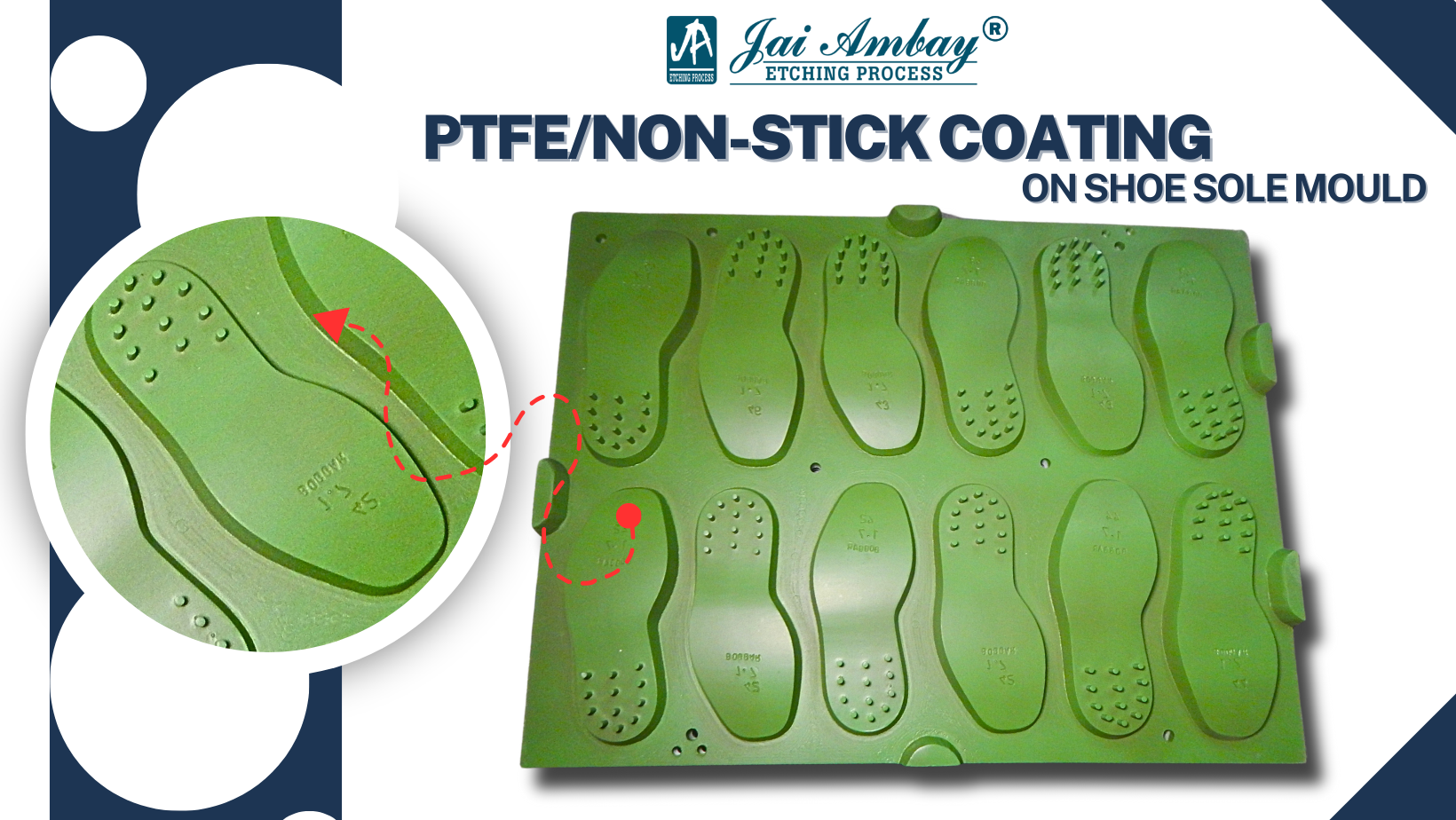Reliable Non-Stick: PTFE Coating Brilliance in Mould Manufacturing
In the world of manufacturing, where precision and functionality are paramount, there’s a crucial element that often goes unnoticed but plays an important role in ensuring the smooth operation of machinery: moulds. These unassuming components are the backbone of various manufacturing processes, from producing intricate industrial parts to crafting delectable chocolates. To enhance their performance and durability, a reliable non-stick solution is essential. Enter PTFE (Polytetrafluoroethylene) coating, a brilliant innovation that revolutionizes mould manufacturing. In this blog, we will explore into the world of PTFE coating, its non-stick coating process, and how it is transforming the mould industry.
The Significance of Non-Stick Coating in Moulds
Molds play an important role in shaping many products across various industries. However, due to harsh working conditions, they often face challenges such as material adhesion, corrosion and wear. To mitigate these challenges and ensure efficient production, reliable non-stick solutions are imperative.
The PTFE Coating Process: Unravelling the Brilliance

PTFE, commonly known as Teflon, is a remarkable polymer known for its excellent non-stick properties, high temperature resistance and chemical inertness. The non-stick coating process on moulds are carefully designed process to ensure reliable non-stick performance.
- Surface Preparation: The mould surface undergoes thorough cleaning and pre-treatment to ensure proper adhesion of the PTFE coating.
- Primer Application: A primer coat is applied to promote strong bonding between the substrate and the PTFE layer.
- Coating Application: The PTFE coating is precisely applied to the mold surface using specialized techniques. It is this coating that gives the mold its non-stick properties.
- Curing: Coated molds go through a curing process, usually involving high temperatures, that fuses the PTFE molecules together to form a durable and elastic non-stick layer.
The Brilliance of PTFE Non-Stick Coating
- Effortless Release: PTFE-coated moulds facilitate easy release of the molded products, reducing the risk of damage and defects during demoulding.
- Reduced Cleaning Efforts: The non-stick properties minimize material buildup on the mould’s surface, making it easier to clean and maintain.
- Extended Mould Lifespan: PTFE coating acts as a protective shield, safeguarding the mould from wear and corrosion, ultimately prolonging its lifespan.
- Enhanced Product Quality: Reliable non-stick performance ensures that the finished products retain their shape and quality, free from imperfections.
Press Plate Etching: The Artistry Behind PTFE Coating
The application of PTFE coating involves the artistry of press plate etching. This process ensures that the coating is applied uniformly and adheres firmly to the mould surface. Press plate etching involves creating precise designs or patterns on the press plates, which are then used to apply the PTFE coating. This clever technology ensures consistent non-stick properties across the entire mold surface.
The Future of PTFE Coating in Mould Manufacturing
As manufacturing technologies continue to evolve, so does the potential of PTFE coating in mould manufacturing. Researchers and engineers are constantly exploring ways to enhance the durability and non-stick properties of these coatings. We can anticipate a future where PTFE-coated moulds play an even more significant role in shaping a wide range of products, from intricate mechanical components to delectable confections.
Conclusion: PTFE Coating – The Reliability Revolution
In conclusion, PTFE coating brilliance is revolutionizing mould manufacturing by providing a reliable non-stick solution that enhances efficiency, product quality, and the lifespan of moulds. This meticulous non-stick coating process, often intertwined with press plate etching, ensures that moulds perform their essential roles seamlessly. As we continue to innovate and push the boundaries of material science, PTFE-coated moulds will undoubtedly remain a cornerstone of efficient and high-quality manufacturing across various industries.


